everything you need to know about branding Texas longhorn cattle………..
by Cathy Valle
It is true that Texas longhorn cattle are easier to identify from one another compared with most other bovine breeds. Furthermore, cattle rustling with Texas longhorn cattle is a little more complicated than stealing a herd of black angus cattle, for example, simply because they look different from their friends. And YES! they do have their own names but the TLBAA also requires that Texas Longhorn cattle are branded in order to be registered. Our last post for 2021, and perhaps our most important, covers everything you need to know about branding your Texas longhorn cattle in Texas, under six headings:-
- The History of Cattle Branding
- The Texas and Southwestern Cattle Raisers Association
- The Texas Longhorn Breeders Association of America Brand Regulations
- Types of Brands (& Marks)
- 5 Additional Branding Tips
- ReCOWnting stories of yesteryear, Ghosts, Cattle and Cattle Brands

1. The History of Cattle Branding
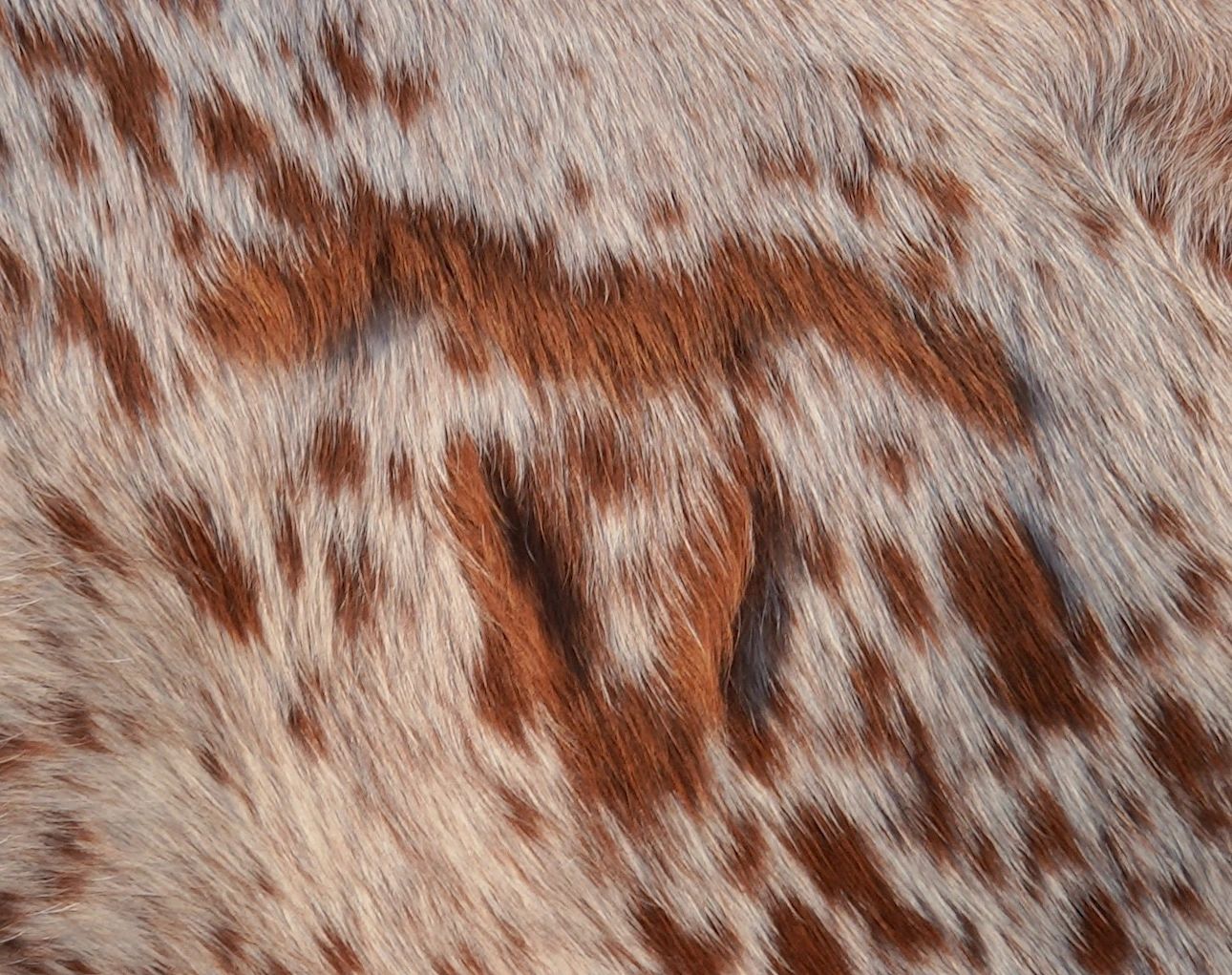
- Even though cattle branding is synonymous with cowboys, cattle drives and the old Wild West, the practice dates back to 2700BC. There is evidence that Ancient Egyptians as well as ancient Romans branded their livestock.
- The first brand recorded in the Americas may well have been that of Hernán Cortés (1485-1547), the Spanish conquistador who destroyed the Aztec Empire and was the former Governor of New Spain who lead the initial Spanish colonization of the Americas.
- As far back as 1537 and as cattle raising became more popular in New Spain, the crown ordered the establishment of a Stockmen’s Organization called a Mesta. Every cattle owner was required to have a differentiating brand and that brand had to be recorded.
- The historic Spanish brands were often ornate with pictures as apposed to letters.
In the TSHA Handbook of Texas, David Dary notes,
‘The early Spanish brands in Texas were more generally pictographs than letters. The Spaniards chose their brands to represent beautiful sentiments in beautiful ways. Most of the early Spanish brands found in the Bexar and Nacogdoches archives are pictographs made with curlicues and pendants. A cattle raiser would compose his own brand. When his first son acquired cattle, a curlicue or pendant was added to the father’s brand, and as other sons acquired their own cattle, additional curlicues or pendants were added to what became the family brand. Only a few Spanish brands found in the Bexar and Nacogdoches archives are made of letters.’
- These elaborate Spanish brands were often illegible to the early Anglo-American Texas ranchers and over time were referred to as “Dog Irons” or ‘quién sabes’ – who knows.
- In comparison, the early Texas Brands were generally more simple made up of letters and numbers.

- A branding terminology with extended meanings developed by placing letters/numbers in different positions or by adding lines, bars, stripes, curves and many other small adjustments. For example, A letter upside down can be read ‘crazy’, to the side ‘tilted”, horizontal ‘lazy’, in cursive ‘running’. Other additions include rocking, rafter, walking, flying, and numerous more.
- During the years of the Republic of Texas, ranchers could record their brands but these were not enforced. Brands were originally recorded with marriage licenses, birth certificates, death certificates and the likes.
- In 1848 Texas made provision for brands to be recorded at the County Clerks office whereby a recorded brand constituted legal evidence of ownership
- Some of the earliest recorded brands in Texas were owned by Richard H. Chisholm, and Steven F. Austin.
- One of the oldest continuous brands is the running W of King Ranch which dates back to 1869.
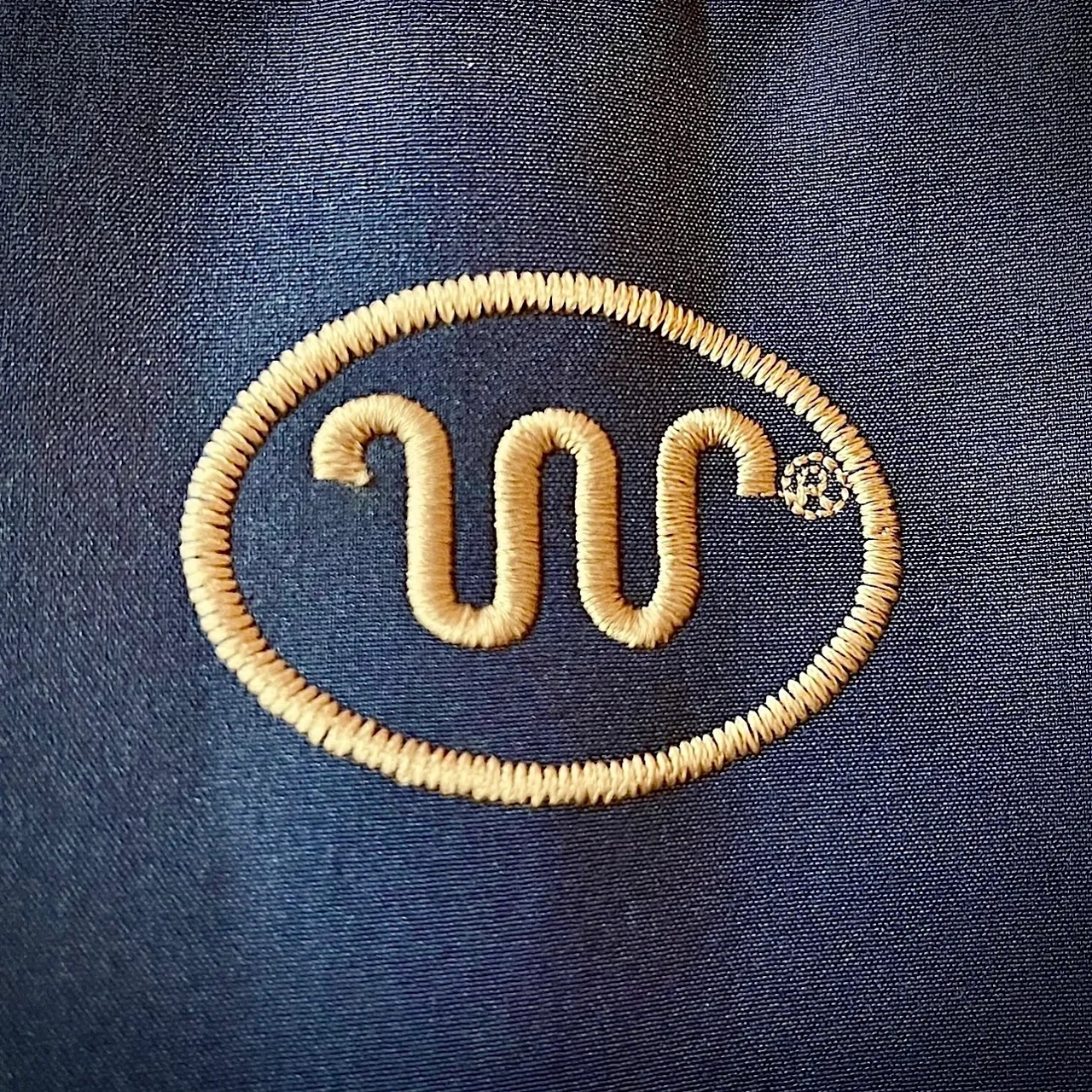
Fun Fact
“Maverick“- originally was in reference to unbranded cattle.
The word Maverick means an independently minded person. Samuel A. Maverick (1803-1870) was a Texas land baron and cattle owner who refused to brand his cattle. In the mid 1800’s, a calf or yearling without a brand became known as a Maverick.
(from: 16 interesting facts: The Texas Longhorn Cattle Breed)
2. The Texas and Southwestern Cattle Raisers Association (TSCRA)………
…..why brand your cattle and record your brand?
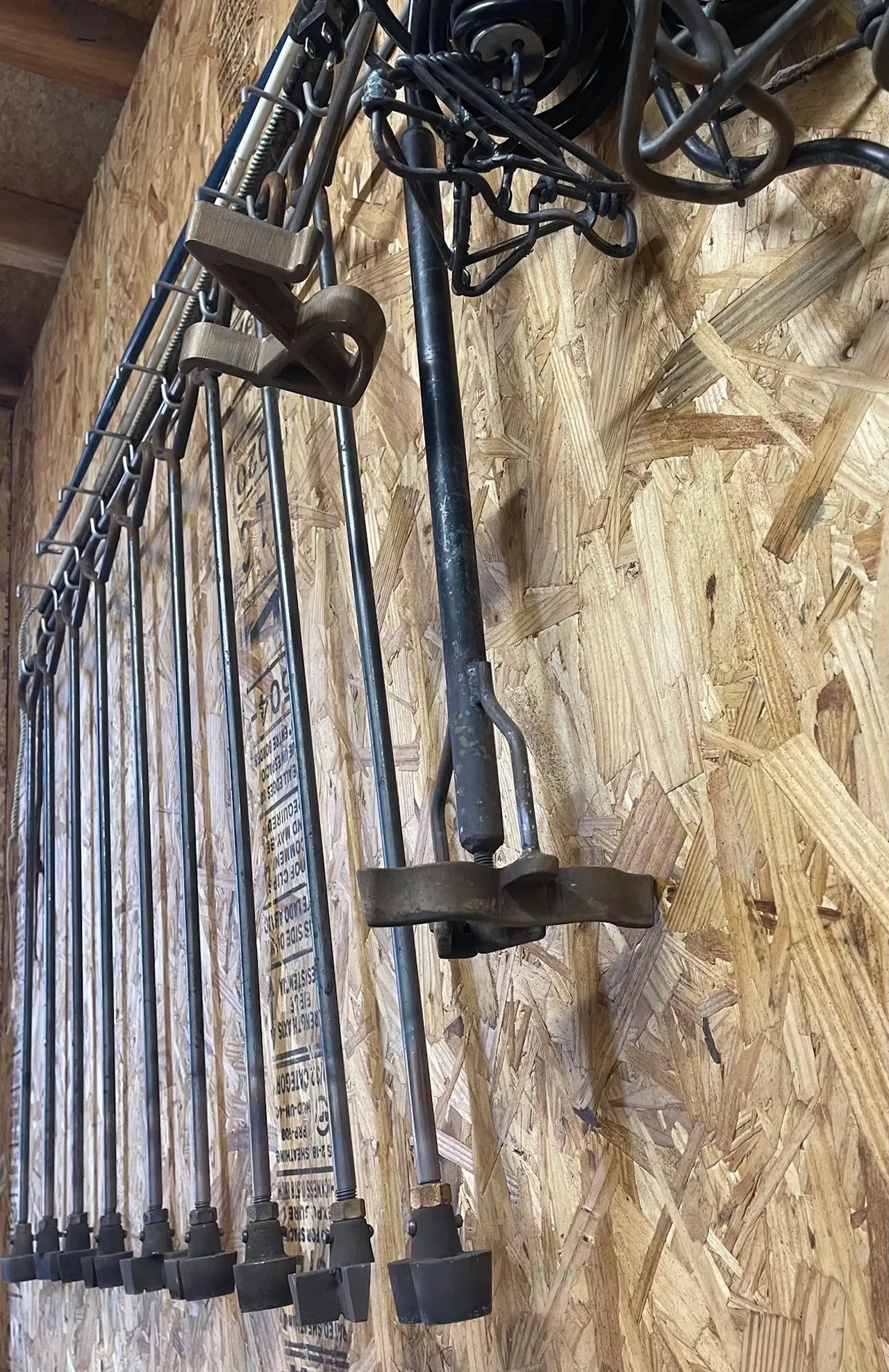
According to the Texas and Southwestern Cattle Raisers Association (TSCRA) and in accordance with Texas law,
“Your brand is your proof of ownership and the best way to identify your livestock.”
- The TSCRA dates back to 1877
- It is the largest and oldest livestock association in Texas
- 29 special rangers investigate about 1000 agricultural crime cases a year and recover an average of $5M in cattle and assets stolen from ranchers every year.
- investigations include criminal and civil cases such as theft, agricultural fraud, insurance claims, questions and disputes involving ownership, etc.
In Texas
- Texas Brand Registration site is provided by the TSCRA in cooperation with 254 County Court Clerks offices.
- Marks and Brands are registered at the County Clerks office. The record of your brand includes a picture of it, the position it is placed on your livestock as well as any earmarks you may use.
- A brand(s) should be registered in the county where your livestock are located.
- There is no limit to the number of brands a rancher may register.
- Every ten years, on the years that end in “1”, Texas requires that brands re-registered.
- Irrespective of how old your brand is, this year (2021) is a renewal year. The renewal period is August 31, 2021 to February 28, 2022.
“ Any previously recorded marks/brand/tattoos which have not been re-registered by the deadline of February 28, 2022, will be considered unclaimed and eligible for registration by another. (Once re-registered, your brand will be good until August 30, 2031.)”
http://www.tscrabrands.com/
Some local history : The Erath County Livestock Association was originally the Organization of Erath County Stock Association. Copies of the minutes to the first meetings held in 1881 can be found in the Archives at Tarleton State University Library.
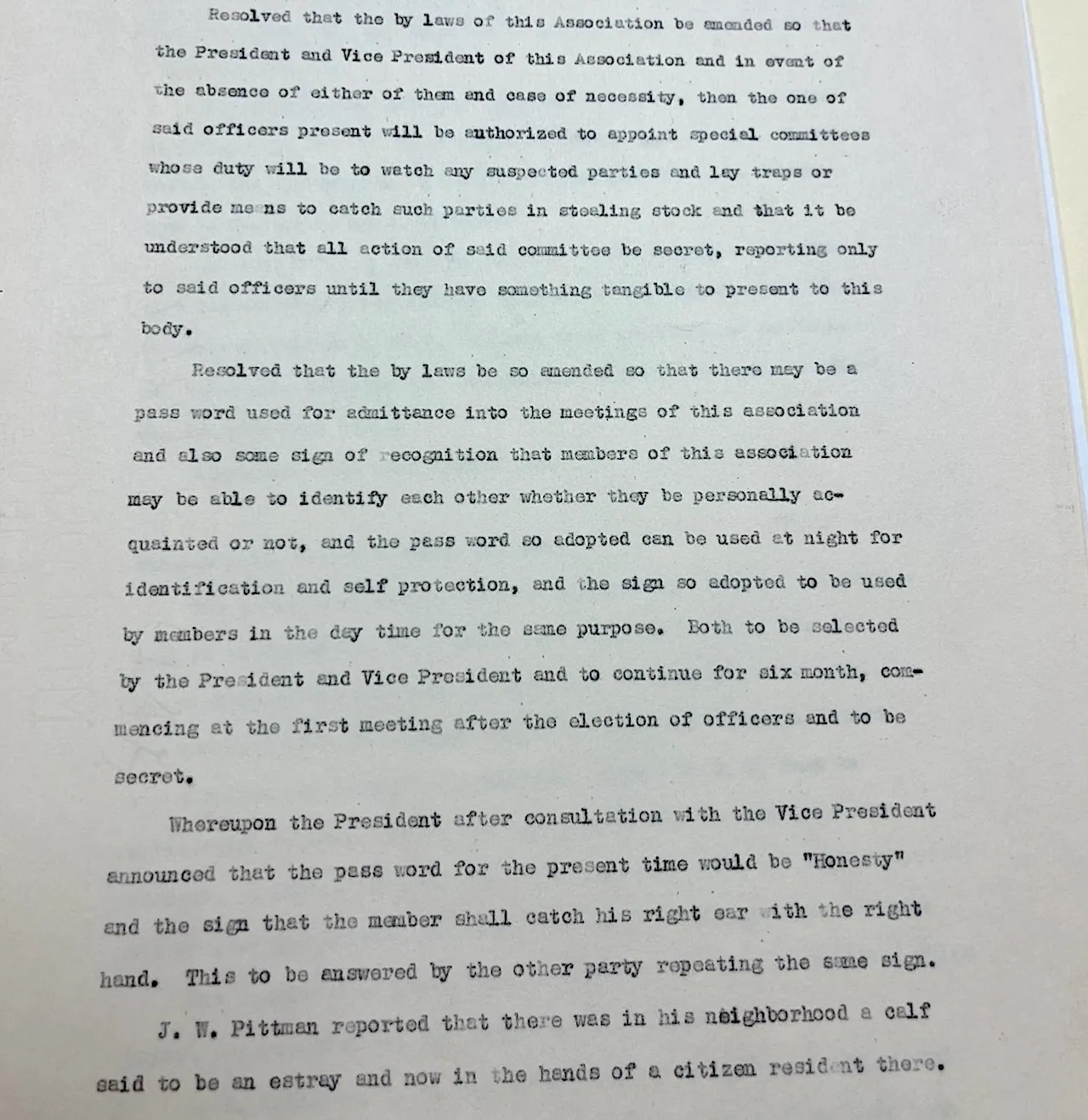
Members of the Erath County Stock Association had to take ‘extreme’ action when investigating suspicious activities regarding the movement of cattle. They agreed to conduct business in secret and when necessary would use a password, none other than, HONESTY.
3. Texas Longhorn Breeders Association of America (TLBAA) Brand regulations
- In accordance with the rules, regulations and By-Laws as stipulated in the TLBAA Official HandBook, it is a requirement of the TLBAA that all Texas longhorns have a holding brand as well as a private herd number in order to complete a registration.
- The Private Herd number (PH number) is the longhorn’s permanent number and cannot be changed. It is a number you as the rancher allocate to your longhorns and cannot be duplicated within your private herd.
- Because we all make mistakes, the TLBAA states on their website that they will assist with any PH number assigned in error.
- The TLBAA recommends that holding brands are registered within your state but that the State registration is not a TLBAA requirement.
- To complete a Texas longhorn’s registration, the TLBAA does require notification of the positioning of the brand and the PH number on your Texas longhorns (for example right hip, left hip, etc.)
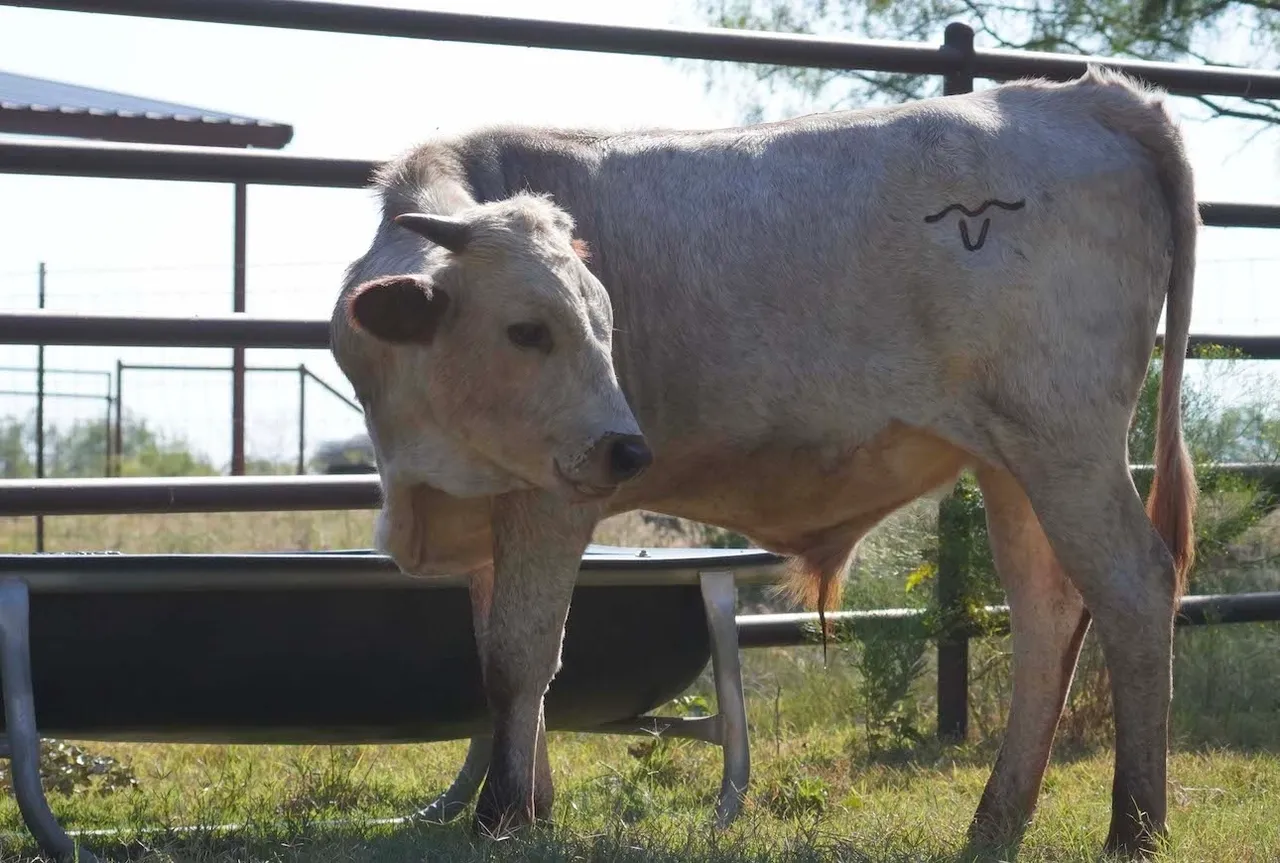
4. Types of Brands (& Marks)
- Traditionally, branding has been done using a branding iron, heated by fire.
- Today, hot irons are still used. An additional method of hot branding is the use of electric brands

- Freeze branding in another modern alternative method of branding. Freeze branding involves the use of liquid Nitrogen or dry ice and alcohol. Rather than scar the longhorn’s hide, freeze branding destroys color of the hair follicles causing the hair to grow without pigmentation and appear white. It is a longer process than hot iron branding but many suggest that this method invokes less painful. None-the-less, pain levels associated with these different methods has yet to be conclusively determined.
- Tattoos, microchips and ear tags/earmarks are additional livestock marking methods.
5. Five Additional Branding Tips
Branding can be dangerous to the animal and the handler. Besides the temperature of the brand, the pressure that is used when applying the brand and making sure all your equipment is correct and readily available to reduce the time necessary for each longhorn, here are a few additional cattle branding tips.

Branding Tip 1
simple design
The TSCRA suggests a simple design. THINK Nike, Netflix, Google, Apple
- it’s easy to read, just like in marketing
- it’s less painful for the animal
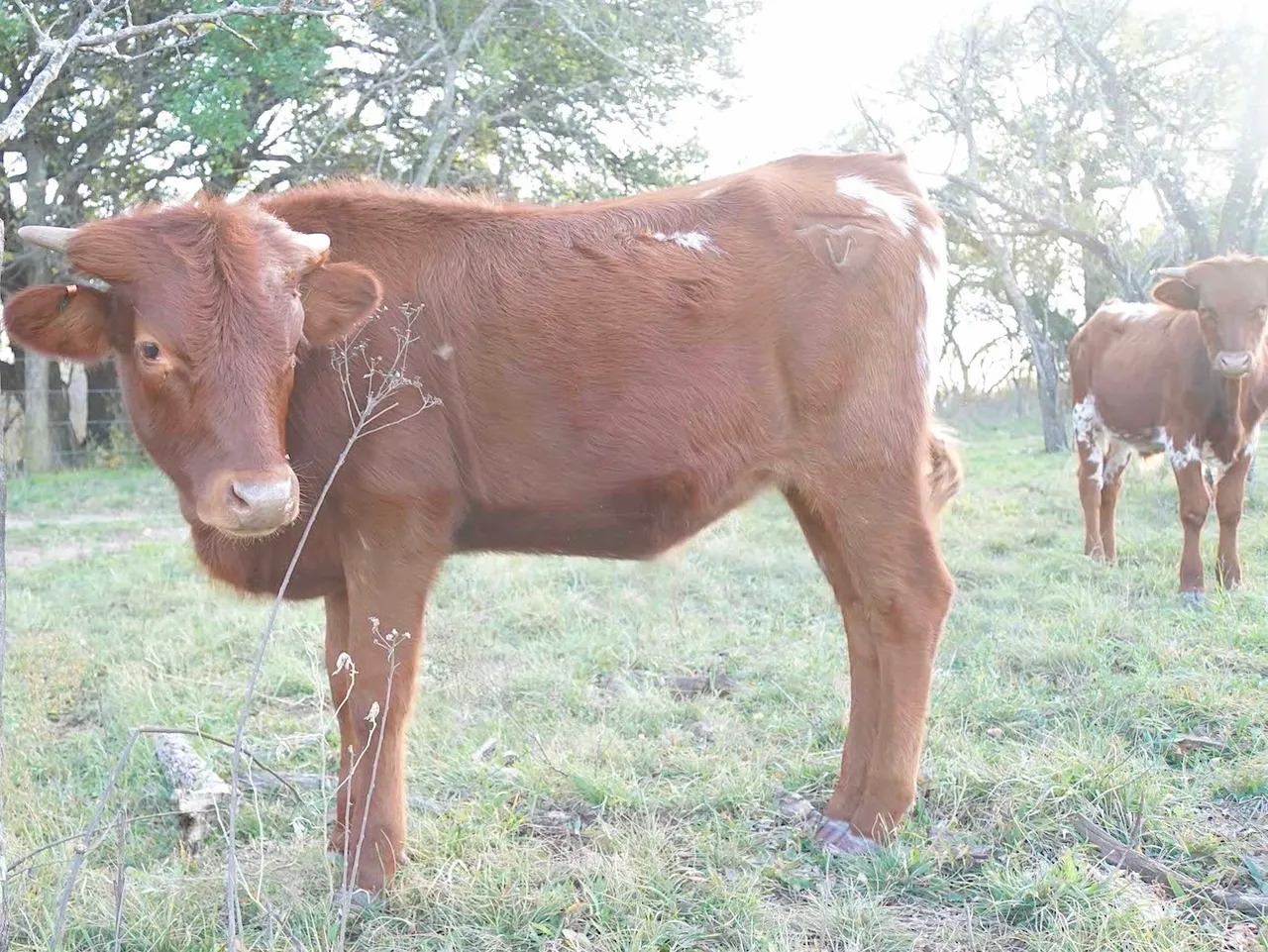
We added a third reason…
3. A simple design reduces hot spots
A design with less lines that join each other reduces the possibility of scarring or blotching.
These days, brands are often designed with vent spaces to minimize blotching.

Branding Tip 2
clip
Clipping the fur before placing the brand on the hide
- helps line up the brand
- helps our longhorns by reducing the contact time of the brand to the hide
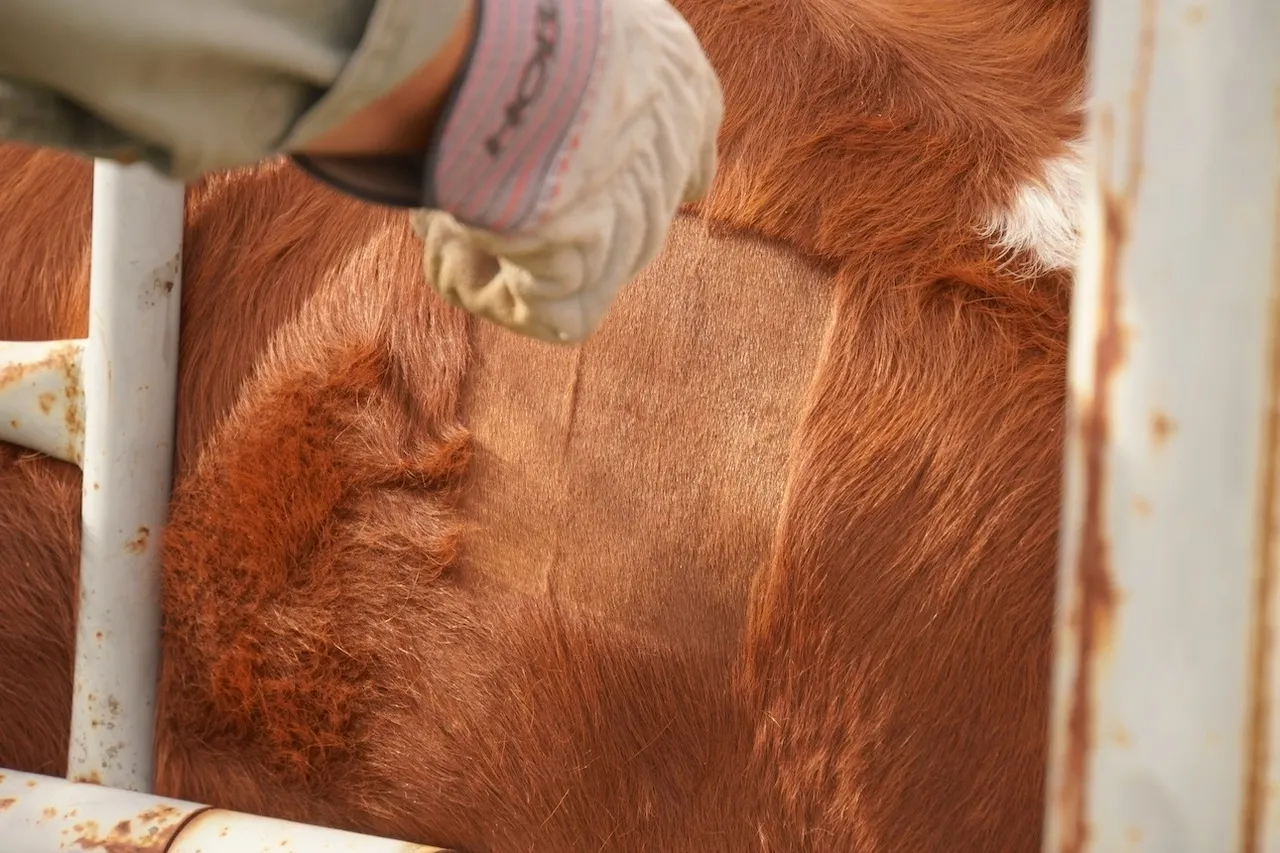
Branding Tip 3
Size
Any way you size this up, the size of a brand does in fact matter.
- Brands grow with livestock.
- logic suggests that a bigger brand exerts more pain on your longhorn
- Use a smaller brand on your longhorn calf than you would on your older longhorn.
Branding Tip 4
Restrain
Whether your longhorn is secured with a rope or a crush, applying a brand one time to a properly secured animal is the ultimate goal.
Several ranchers can no doubt recount a story or two of calves and sometimes older cattle that test the perimeters of their constraints. ( a longhorn with the name Houdini may provoke some suspicion of this behavior!) With this in mind, many ranchers and veterinarian doctors use the
RAU Immobilizer as an additional restraint
- the RAU Immobilizer uses weak electronic pulses and is for electronic restraint of animals
- it is not to be used as an alternative for anesthetic
- consult with your veterinarian before using this device
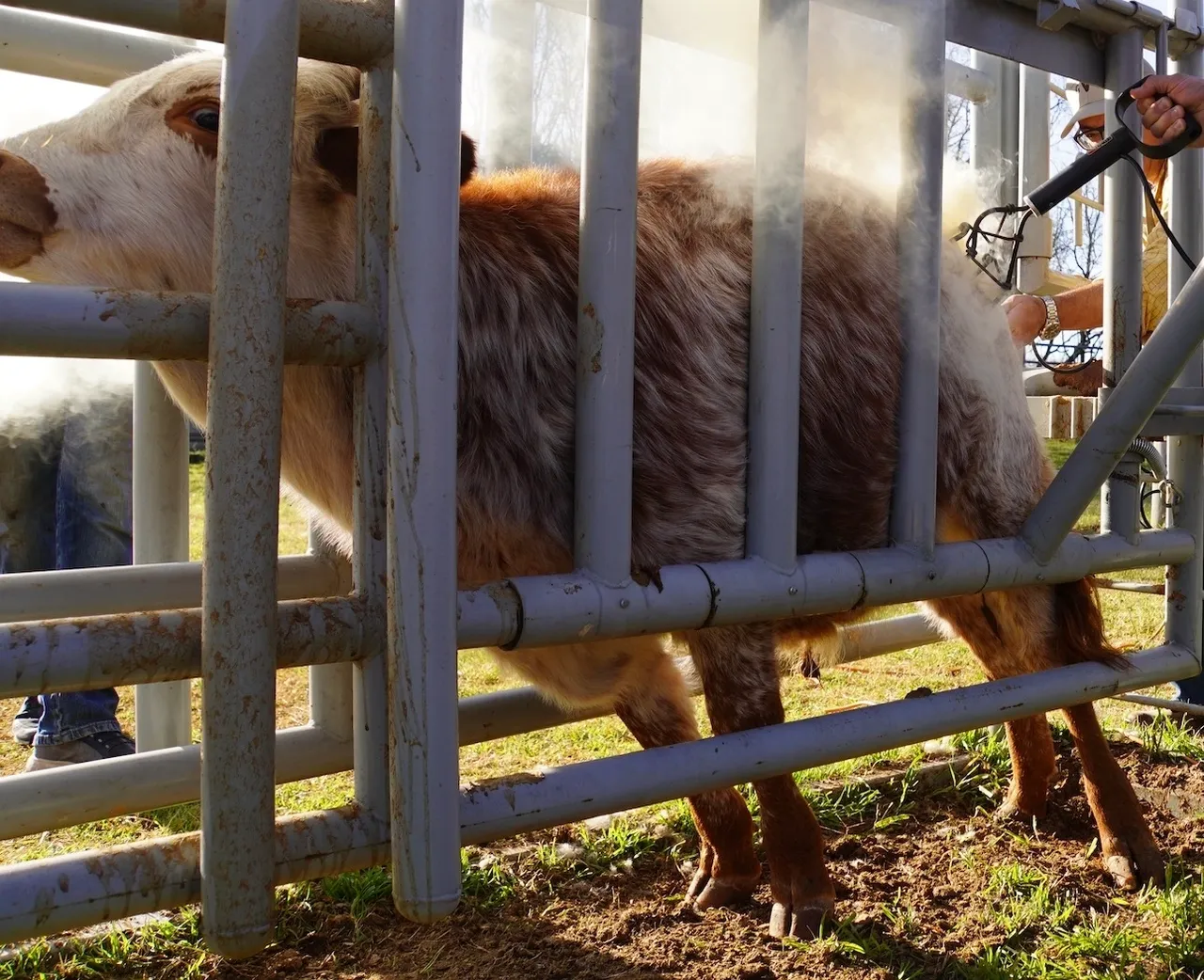
The RAU Immobilizer was developed in South Africa to reduce the danger to livestock and ranchers associated with handling large animals but does not eliminate the risk or release the rancher from responsibility towards the wellbeing of his/her animals. It is not without controversy. However, evidence points to less struggle and ultimately less stress to livestock and handlers alike.
Branding tip 5
Ice
Whether you use a gel, soothing ointment or a cloth submerged in ice water, cooling the branded hide immediately after using a hot brand method may help with the healing process as well as reduce subsequent peeling and flaking.
For additional tips
associated with Texas longhorn cattle read our post
16 Tips for Texas Longhorn Cattle Ranchers in Texas
6. reCOWnting stories of yesteryear, ghosts, cattle and cattle brands
a. Ghost story at McDow Hole
Ever heard about the true story of the Ghost at McDow Hole in Dublin, Texas?
McDow Hole was a deep water hole on the Green’s Creek, situated close to the old town of Alexander and not too far from us at Green Valley Ranch. Although the area is currently privately ‘Posted’, this is a legend that has survived the times based on numerous ‘hard to explain’ happenings and sitings of a ghost said to be that of Jenny Papworth and her baby, a mother and child murdered in and around 1865.
For more of the details of the legends read here, The legend of McDow Hole
Not to give away the punchline, but to make the connection to this post, legend has it that the truth of the murders was finally established and had everything to do with cattle rustling. Jenny apparently overheard her assailant in conversation with cattle rustlers and met her unfortunate and untimely death as a means to ensure her silence.
b. MURDER
The story of the MURDER steer is true and tragic. Recounted by many, it also appears in J. Frank Dobie’s book ‘The Longhorns’, chapter III: Mavericks and Maverickers. Following a round up in 1890, Henry Powe was shot dead by Fine Gilliland over a dispute of ownership of a brindle steer. After the murder, no one wanted to claim the steer. It was however branded with the word MURDER across its side as well as the date that the murder took place and then abandoned and left to its own devices to fend for himself.
Stories of the steer spread far and wide and many variations of this story have since been told. Perhaps one of the most eerie is the account of Fine Gilliland’s own death, six months after he committed the murder.
He was gunned down by two Texas Rangers as he resisted arrest 75 miles away from the original murder site. Despite the distance Gilliland travelled away from the original murder site, the rangers were said to have seen a steer sniffing around Gilliland’s body. The steer was branded with the word MURDER on his side. Subsequently, many other stories revealed ominous sitings of this ‘ghost steer’ and with the stories many believed that this steer brought bad luck to anyone who was unlucky enough to cross his path.
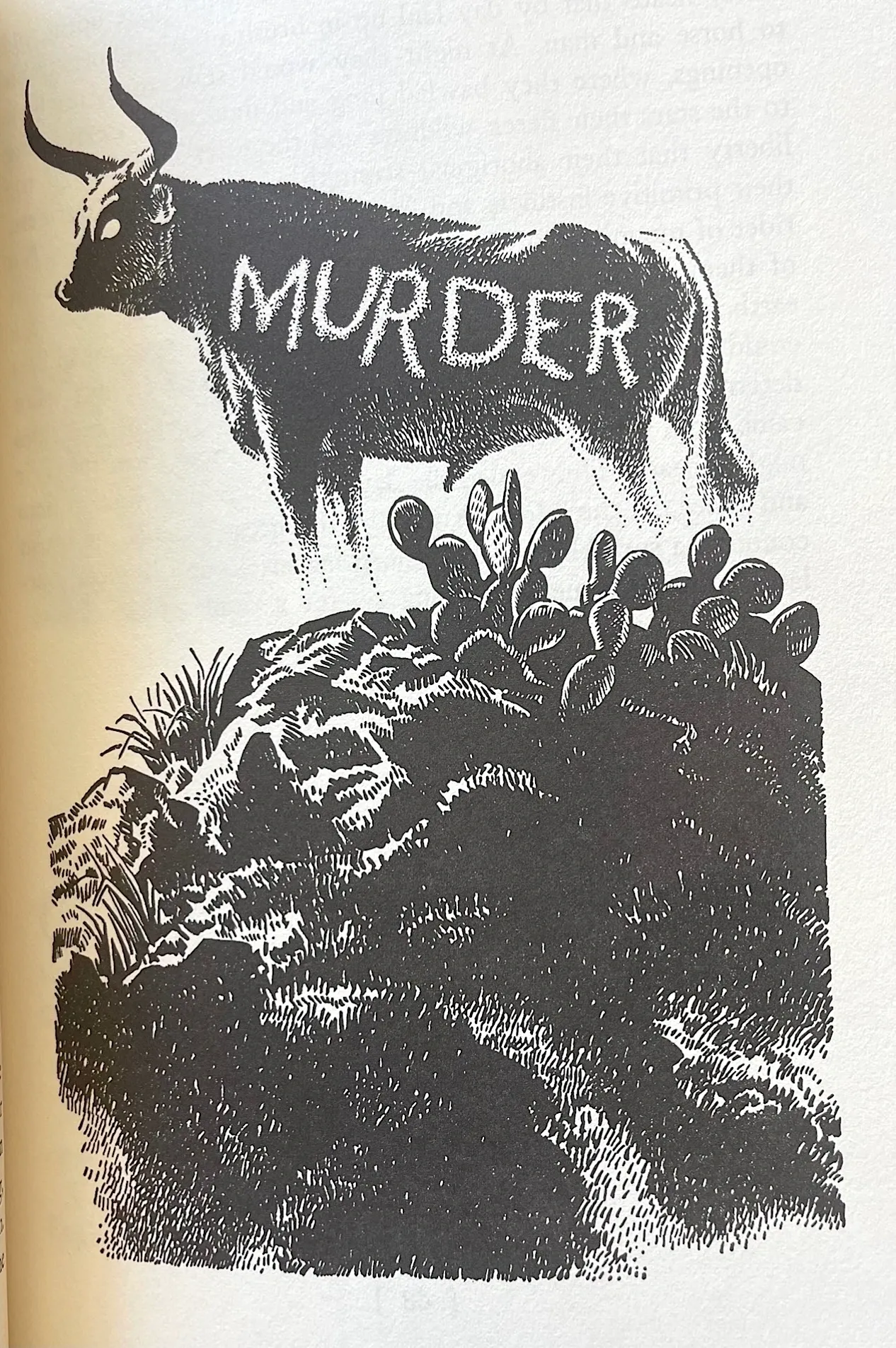
c. XIT Ranch
XIT Ranch was a 3 million acre ranch developed as an investment to finance the building of the State Capital building in Texas. At its most successful point over 100 000 longhorn cattle roamed within its fences. It did not last long for a number of reasons but its demise was helped along by plunging cattle prices and cattle rustling. Apparently, the brand “XIT” was decided on because it could be applied using one bar and also because it was originally believed it would be hard for cattle rustlers to change. Unfortunately, this brand became one of the most infamous brands in Texas Folklore of a brand altered.
Not to end this post on a negative but this would be the downside of a ‘simple’ brand….
https://www.tshaonline.org/handbook/entries/xit-ranch

